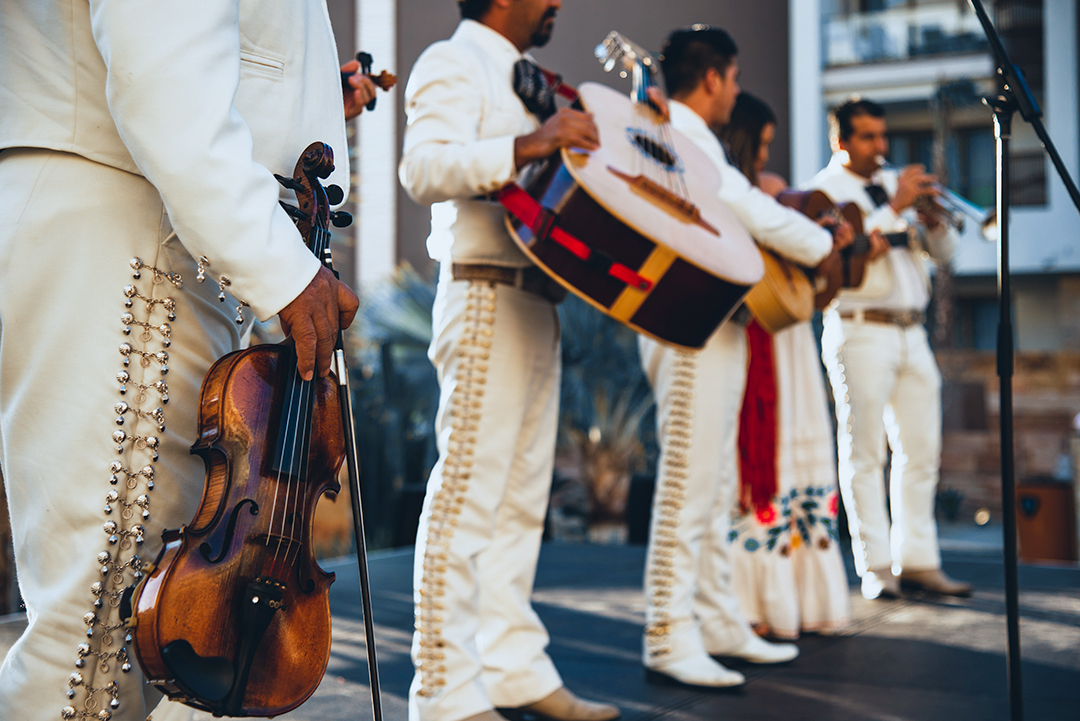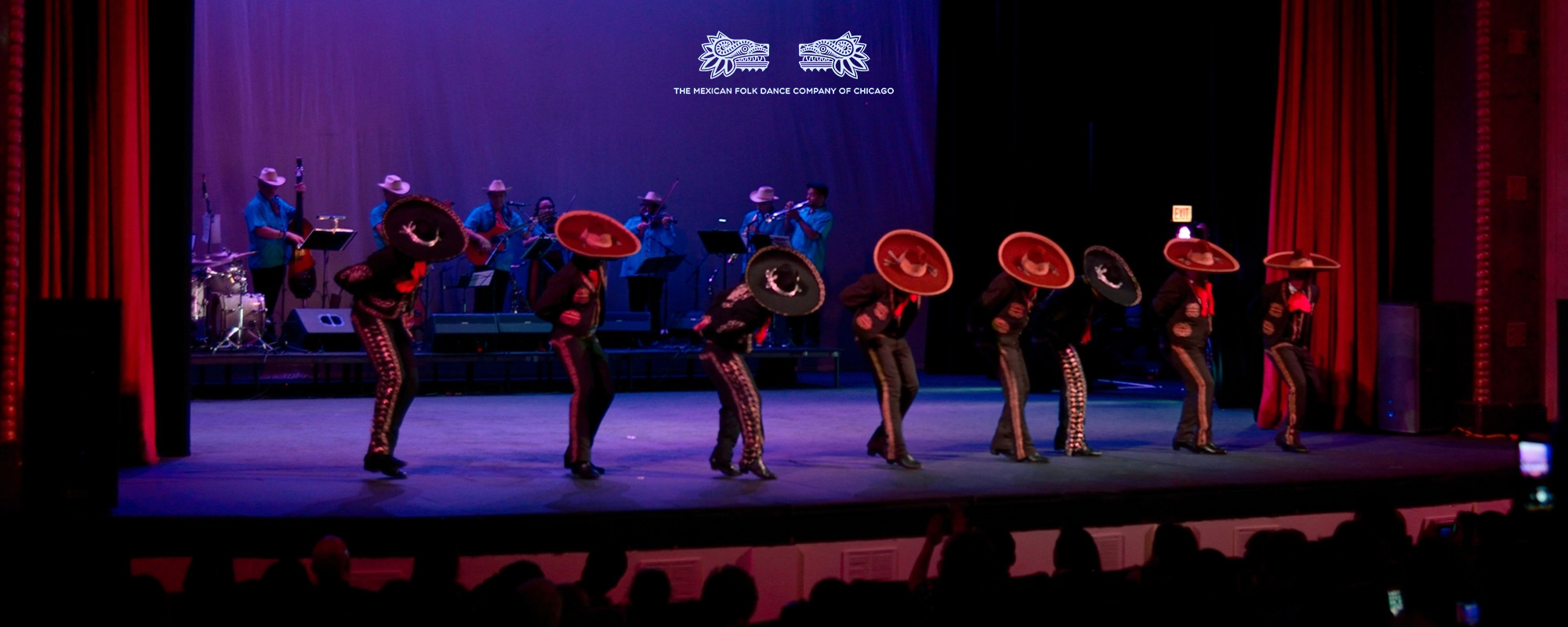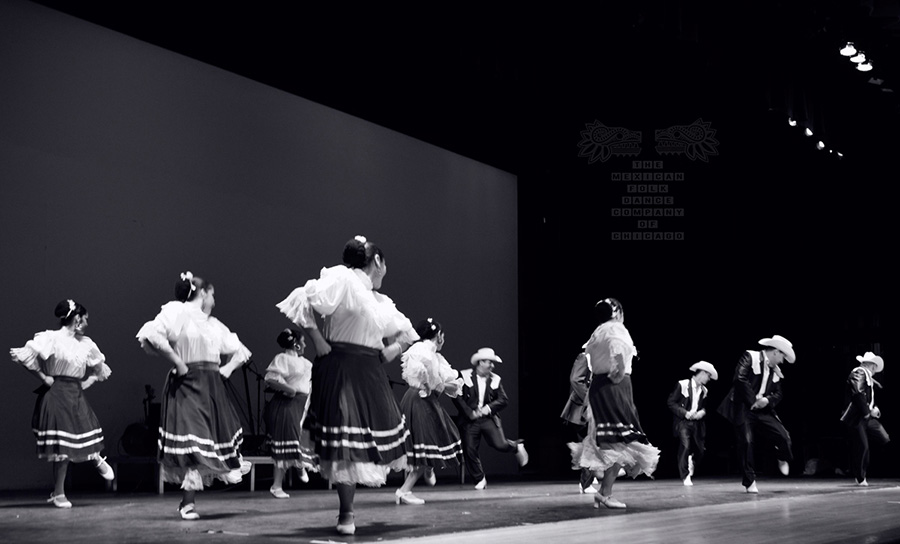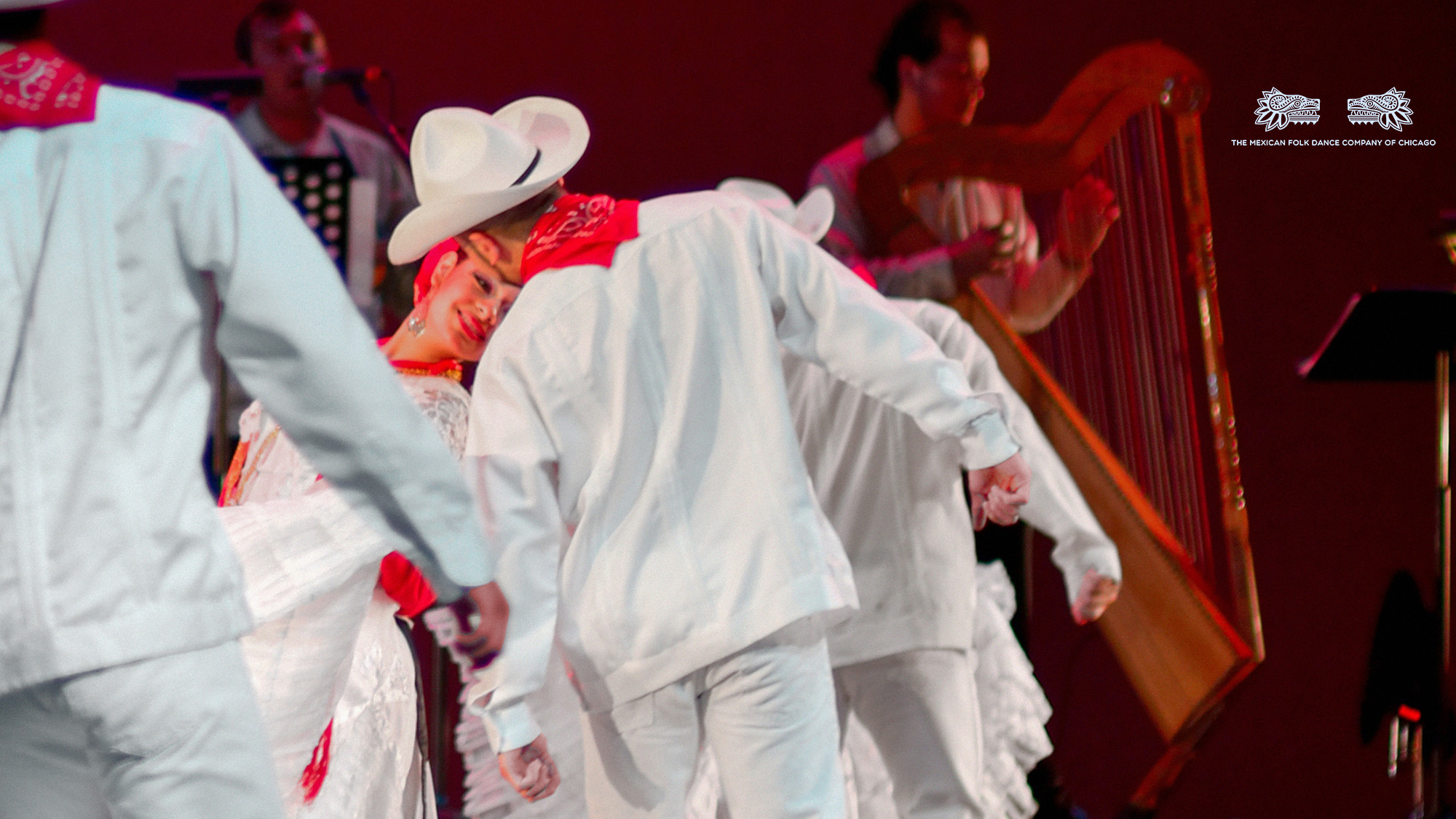Mexican Musical History & Tradition
El Mariachi — From town square gazebos to concert halls
The Mariachi originated in the Central Pacific region, specifically the state of Jalisco. The mariachi represents the newest and most innovative interpreter of "Sones and Jarabes". However, unlike most other Mexican musicians, these are urban ensembles generally catering to city dwellers looking for a good time, far removed from the rural nature of folk music. The origin of the ensemble has been at the core of heated controversies.
The most common theory is the romantic legend in which Mariachis played for French weddings; impossible to accept because the French did not use rural ensembles as entertainment for their social affairs. And even if such legend would be true, the success of the groups would have made it all the way to France. Recently the theory was completely discredited because it was proved by linguists and other experts, that the word already existed long before the French intervention.





